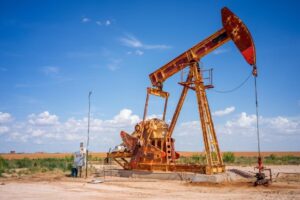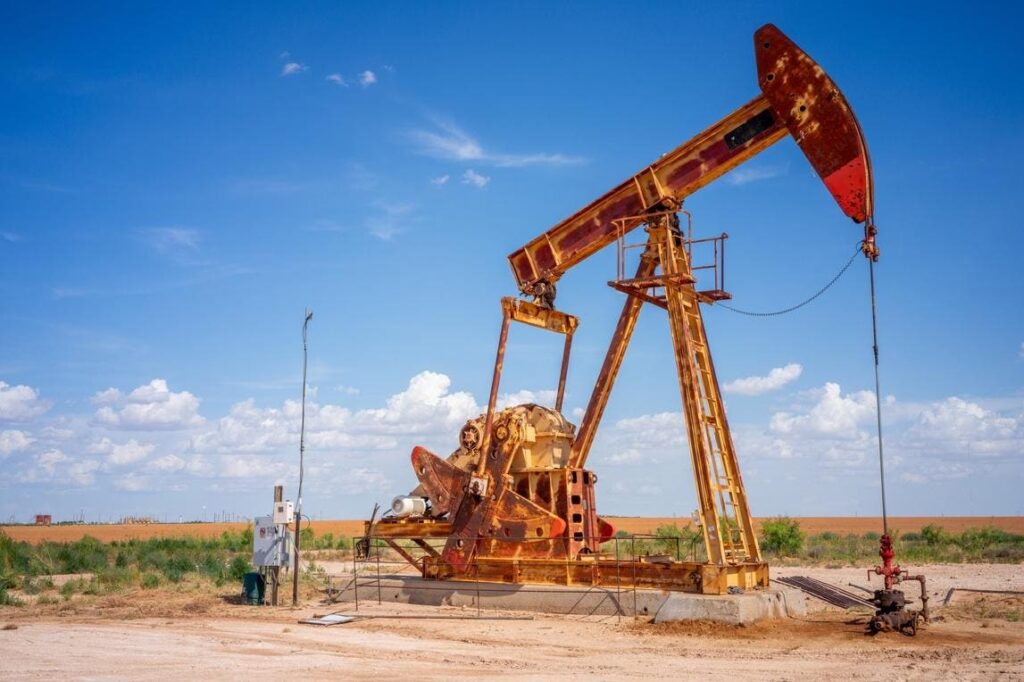The petroleum business is an odd one, with strange cycles of boom and bust. President Trump wants to pump things up, figuratively and literally, by declaring a national energy emergency.
He claims the country has “insufficient energy production, transportation, refining, and generation.” His solution is to stop offshore wind production; drill in the Arctic National Wildlife Refuge and National Petroleum Reserve; and use all authority to “facilitate the supply, refining, and transportation of energy in and through the West Coast of the United States, Northeast of the United States, and Alaska.”
The Trump administration is trying to frame energy production as something in grievous danger, with the U.S. someone on the edge of energy insecurity.
This is absurd. Not only are his approaches bad for the climate, but they have a good chance of undermining many small- and medium-sized petroleum companies, leaving only the largest in
The U.S. has faced energy emergencies in the past, whether the Arab oil embargo in the 1970s or, on the opposite end, times when excess capacity and resultant low prices crushed the domestic industry.
For a number of years, though, it’s been clear that the United States is, by far, the largest producer of crude oil in the world at 20.1% of global production, according to The Energy Institute Statistical Review of World Energy. The U.S. is also the largest producer of natural gas with 25.5% of global production.
The imminent danger and lack of production of petroleum products don’t exist. This market dominance isn’t a new statistic. Rather, it’s been true for years. Plus, it’s not as though there’s a sudden spike in gas prices, as the graph below from the Federal Reserve Bank of St. Louis shows.
At about $3.04 a gallon on January 13, 2025, gasoline is not outrageously high in price.
There is a growing challenge because much of U.S. production depends on hydraulic fracking — injection of chemicals under high pressure to crack underground rock and release materials for pumping to the surface. But growing difficulty in pumping is a global problem.
Petroleum isn’t a renewable resource, which is why looking at wind, solar, tidal, geothermal, and nuclear are all areas of research and development, to varying degrees, depending on the country in question. Expansion of energy production that focuses only on oil and gas, while hobbling other potential sources, it seems more likely an interest in personal or corporate profit, not in a coherent national program.
This brings us to the danger to investors of this emphasis. The cyclical nature of petroleum production, with prices that cycle between high and low and many companies getting crushed in the markets, have everything to do with the interplay of supply and demand.
Talk to people who have spent many years in the industry, and you hear of periods where companies kept pushing to expand drilling and production. That can turn into supply surpluses, with prices dropping, sometimes radically. Many smaller operators in the U.S., working with fracking technology that is more costly than simple drilling, fall into trouble if the cost-per-volume drops below certain baselines, as happened in 2014 to 2016 during an extended supply glut. As the World Bank wrote, “The initial drop in oil prices from mid-2014 to early 2015 was primarily driven by supply factors, including booming U.S. oil production, receding geopolitical concerns, and shifting OPEC policies.” Demand also fell, so the price tumble didn’t boost economic activity.
In the long run, it may be profitable for the largest producers who can snap up smaller ones or buy their leases and consolidate control. However, many companies are put into dangerous positions, with many failures. That’s bad news not only for the businesses and the people working for them but for investors of all sizes.
Maybe the White House is gambling that an expansion of oil and gas will set off greater demand and drive the national economy. However, if the demand doesn’t already exist — measured by rising prices and greater demand for gas and oil — increasing production doesn’t necessarily create a healthier economy. And it can mean potential significant losses for investors.
Read the full article here


